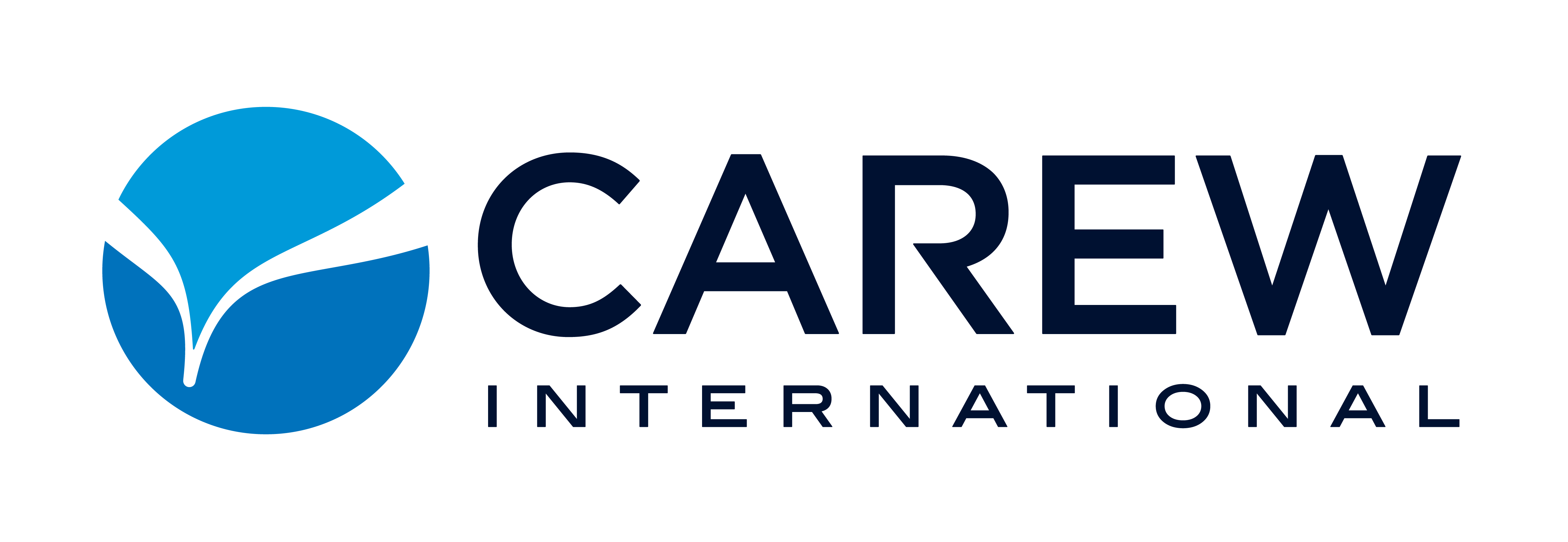“What will it take to get you into this car today?”
Despite there being millions of sales reps employed in the United States, people still tend to have preconceived notions about the sales profession. Salespeople are dragged down and stereotyped, often by the “typical car salesman” or others who use lines like the one above. These generalizations also contribute to why closing gets a bad name.
Closing is a critical selling skill, yet a lot of sales professionals struggle with this part of the sales process. Statistics show most salespeople never ask for the sale and that customers won’t buy unless asked – the disconnect here is apparent.
Why is it that some sales professionals either don’t close or hesitate to ask a customer for their commitment? Ask yourself if you fall victim to any of these closing detours:
- If the customer says “no,” I take it personally, as a sign of personal rejection. Consequently, I avoid rejection by avoiding whatever might produce it.
- Maybe I need just a little more information.
- I expected more resistance than this. This is too good to be true. Maybe I should ask if they have any concerns or objections.
- I said my part; now it’s up to the customer to say “yes.” They know that’s why I’m here.
- Stereotypical salespeople ask the customer for the business.
- It feels manipulative to close.
- They seem like they want to move forward; let’s set up a trial or pilot that makes it clear they haven’t fully committed yet.
- If I close and they say “yes,” the ball (responsibility, next steps) is back in my court.
Closing is a make-or-break moment for sales professionals. Most agree it’s rarely easy, but closing can be more effective after planning and preparation. There are as many ways to close as there are products and customers, and there is no one size fits all model.
How to Close a Sale
In Carew’s Dimensions of Professional Selling® sales training program, we examine six major types of closes: direct, indirect, guidance, choice, benefit, and next step. One can be used on its own, or a sales professional can use a combination of these techniques. The approach chosen will depend on the solution being proposed, the styles and preferences of both the customer and the sales professional, and the circumstances.
- Direct. In a direct close, you ask for the business with a closed-ended question. For example, “May we move forward with this sales training solution today to help you get your sales professionals speaking the same language?”
- Indirect. Conversely, in an indirect close, you ask for the business with a statement. It may sound like, “We are ready to move forward with sales training today to help reduce turnover on your sales team.”
- Guidance. In the guidance close, you are suggesting how the customer should move forward. “I suggest you choose a two-part rollout of Dimensions of Professional Selling®. It will be the best fit for you to get more of your sales professionals trained in the shortest amount of time.”
- Choice. Like the guidance close, the choice close is in the form of a question. “Would you like to move forward with sales training in the spring or the summer?”
- Benefit. The benefit close references the major benefit of your presentation and can be done directly (with a question) or indirectly (with a statement). “May we get started today helping you increase your productivity?” or “We are eager to get started today helping you to increase your productivity.”
- Next Step. At some point during the conversation, you may realize you are not in a position to close. Maybe you need more information to do more work on your end, or you learn that another contact within the customer’s business needs to be a part of the conversation. If this is the case, you can use the next step close. You might say something like, “Since your Office Manager needs to be brought into the loop, let’s plan on meeting next week to get her up to speed. What does Tuesday look like for you?” Typically we would not lead with a next step close but rather use it as a contingency if necessary.
Closing effectively is not a result of clever, glib phrasing. It is a logical result of a thorough Exploratory Process, a well-planned and executed Solution Presentation, and effective handling of resistance and objections along the way. If you’ve done all this, your successful close rate should be very high, and your anxiety around closing will be extremely low. But if you haven’t done everything needed to gain commitment, asking for the sale 100 times won’t make any difference.





